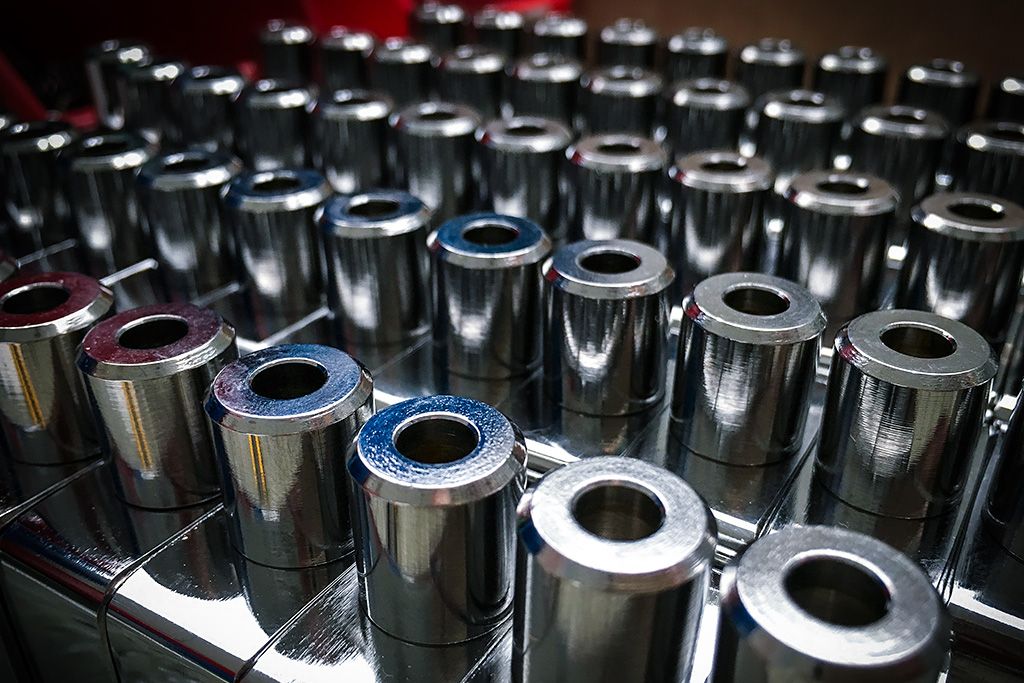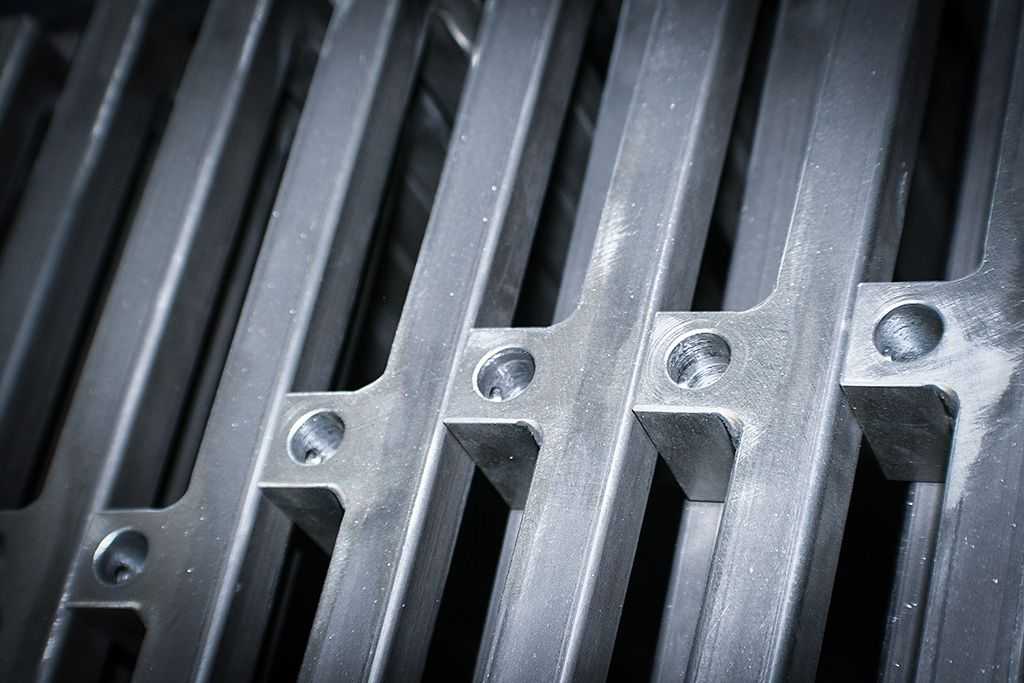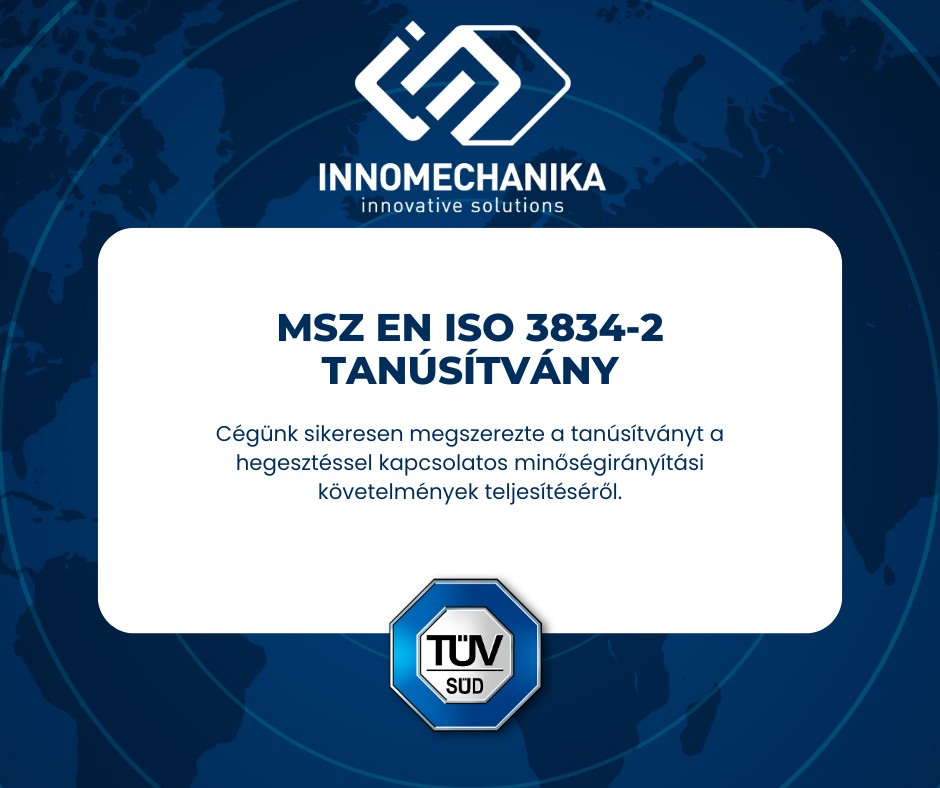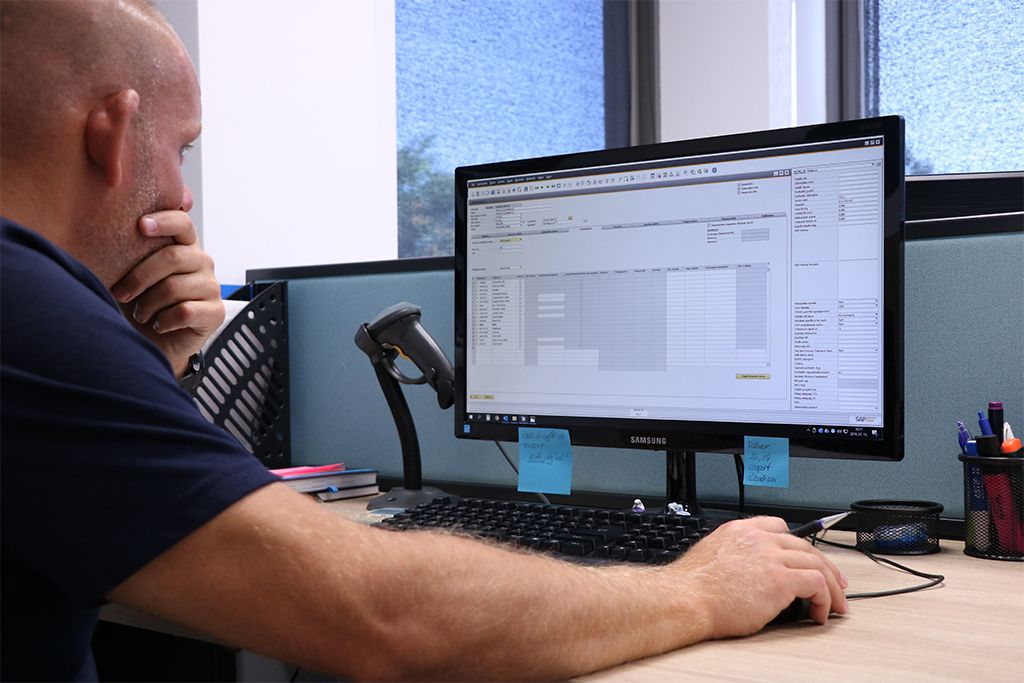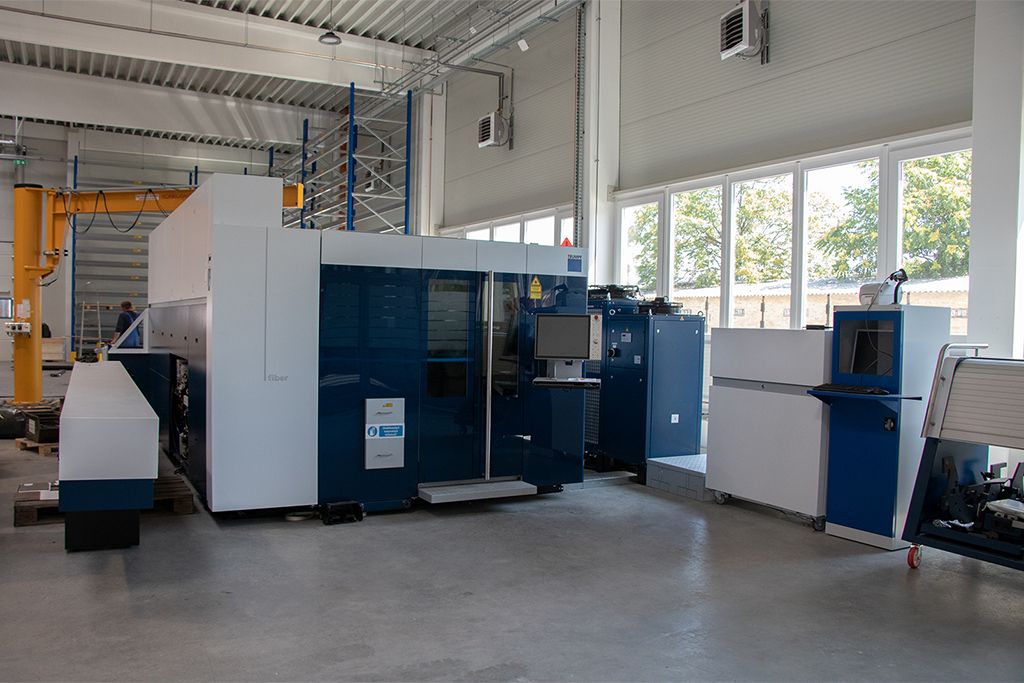One of the most important factors in modern industrial production is flexibility. A company that can react quickly to changing needs can remain competitive in the long run, whether it is prototyping, smaller series or continuous contract manufacturing that requires high precision. In recent years, laser machining has reached a level that previously could only be achieved with a combination of multiple machines. The TruLaser Cell 7020 is one of the most decisive tools in this development: a flexible and fast 3D laser cutting and welding system that opens up new horizons in metalworking. In this article, we present this technology, which is also used in our production, based on our practical experience.
What kind of machine is the TruLaser Cell 7020?
The TruLaser Cell 7020 is one of the most complex yet stable members of TRUMPF’s 3D laser processing systems. It is a multi-axis equipment with a large work envelope that is specially designed for three-dimensional cutting, welding and surface modification tasks. The machine is based on a rigid, resonance-free machine frame that maintains its accuracy even at high speeds. The laser source can be solid state or CO₂, but for most industrial applications, a high-efficiency fiber laser provides the best results. The shorter wavelength of the fiber laser allows for more efficient energy transfer in metals, especially in highly reflective materials (e.g. aluminum, stainless steel). The heart of the equipment is the multi-axis cutting head. This makes it possible to machine complex, curved, shaped or multi-plane contours without any problems and with repeatable accuracy. The speed of the system is not only due to the speed of the motion axes, but also to the advanced TRUMPF CNC control system , which coordinates workflows with high precision and is capable of dynamic motion path correction during machining. The TruLaser Cell 7020 has been designed with special attention to minimising downtime during changeovers: the machine can be quickly adapted to different tasks and the work area is easily accessible. Support for professional CAM systems and offline simulation (e.g. with TRUMPF TruTops Cell software) support programming and production safety, enabling error-free start-up.
During the development of the TruLaser Cell 7020, one of TRUMPF’s engineering goals was to Create a 3D laser platform that not only achieves dynamic accuracy, but also maintains it under constant load. When designing the machine frame, TRUMPF has already modelled the thermal expansion behaviour in advance, so that the contour and position accuracy remain stable even during longer cycles. The movement of the laser head is coordinated by linear motors and high-resolution measurement systems, so multi-axis interpolation can work with tracking errors even below microns. This is particularly important for components where the cutting arc is not just a geometric element, but a functional surface such as a joint, mounting geometry or HVAC element.
What can the TruLaser Cell 7020 do?
One of the greatest strengths of the TruLaser Cell 7020 is its versatility. It can be used in several main production areas:
1. 3D Laser Cutting
The machine was originally designed for spatial cutting tasks. 3D cutting is particularly important in industries where deep-drawn, pressed or welded parts need to be opened and contoured precisely, without burrs. The TruLaser Cell 7020 excels in this respect, as it works at high speeds, clear cutting quality and minimal thermal impact. Thanks to the precise power control, the Heat-Affected Zone (HAZ) is low, which is essential for deformation-free machining.
2. 3D Laser welding
Another great strength of the machine is its precise, energy-saving Laser welding. From thin-walled materials to high-strength steels, it can weld a wide range of material types with parameters that can be customized for depth and quality. The advantages of laser welding include minimal deformation, narrow seam, and extreme repeatability. The TruLaser Cell 7020 offers a weld quality that can economically replace conventional robotic welding systems in small and medium-sized series.
3. Technology integration – The all-in-one principle
The TruLaser Cell 7020’s biggest production optimization advantage is that it combines cutting, welding and surface modification in a single machine. This replaces stand-alone 3D milling machines, laser cutting stations, and welding robots. This radically reduces transshipment and logistics steps in the production process, minimizing the possibility of error and the risk of damage to components.
4. Automation and process stability
TruLaser Cell 7020 is not only at the forefront of its machining capabilities, but also plays a key role in the stability of the production process. With optional monitoring systems such as seam tracking sensors, adaptive focus control and real-time heat input monitoring, the system can correct even slight misalignments or material thickness changes in the workpiece. The machine can also be prepared for semi-automatic servicing: with interchangeable fixtures, quick-to-install modular vices and predefined zero-point strategies, the changeover time between workpieces is drastically reduced. This is especially advantageous when a wide variety of parts with variable geometries have to be produced in small series.
What jobs can be done with the TruLaser Cell 7020?
Its applicability is extremely wide-ranging: it covers practically the entire spectrum of the metal industry, including those industries where the highest precision and error-free machining are basic requirements.
In the automotive industry , the machine is mainly used for contour cutting, opening and boring of pressed and deep-drawn parts. It is also ideal for corrective cutting of body parts and preparation of joints, where quick and precise intervention is key.
In the aerospace industry , the machine is capable of precise machining of high-strength and heat-resistant materials such as titanium alloys or Inconel. For these materials, a clean cutting surface and a minimum heat input zone are particularly important, which the system provides excellently.
In medical technology , the high-precision cutting and welding of small medical instruments and implants with complex geometries, such as prostheses, is one of the most typical areas of application. Here, precision is not just an expectation, but a basic engineering requirement.
In the general metal industry , the machine is suitable for precise machining of stainless or galvanized steel casings, cutting 3D pipe and fitting parts, and welding thin-walled structures without thermal distortion.
Finally, in prototype production , it has a particularly great advantage of the ability to quickly changeover and repeatability. This makes it ideal for the fast and precise production of small series parts and prototypes, where flexibility and accuracy are critical at the same time.
Our professional experience: What makes the TruLaser Cell 7020 unique is that it can be achieved on a single machine, with quick conversion and stable quality. This not only reduces production time, but also significantly simplifies preparation processes and logistics.
Examples of complex geometries and actual application situations
-
Contour cutting of multi-plane bent supports: common in the automotive industry, where high-strength steels are difficult to open accurately with conventional tools.
-
Laser cutting instead of laser punching: the speed of the TruLaser Cell 7020 replaces dedicated punching tools in many cases, especially for prototypes.
Why is this technology useful for our clients?
3D laser cutting and welding is not just another technological option, but also creates a real competitive advantage. Using the TruLaser Cell 7020, you can:
-
High accuracy can be achieved even in the long run, as the cutting quality of the laser does not deteriorate, unlike many mechanical tools.
-
Faster prototyping and development cycle can be achieved. Thanks to offline programming and simulation, machine downtime is minimal.
-
Flexible handling of changing order quantities – both small and medium-sized series can be produced economically.
-
The amount of post-processing is reduced, as laser cutting gives a burr-free and clean result.
-
Fewer parts go to waste because the heat is minimal and the accuracy is constant.
-
Complex shapes can also be easily machined with a single setup, reducing the number of logistics and production steps.
-
Long-term energy cost savings can be achieved. The high-efficiency fiber laser works with significantly lower energy consumption compared to previous laser sources, which also contributes to the sustainability of the production process.
Role and competence of Innomechanika Kft.
The machine is highly efficient on its own, but the real added value comes from the expertise, technological experience and the ability to optimize the process. This is where we provide an outstanding service. Az Innomechanika Kft. its professional team specializes in the maximum utilization of the TruLaser Cell 7020. We do not simply provide our customers with a machine capacity, but a complete technological background:
-
We carry out technical preparation and manufacturability consulting to ensure that every project is implemented as cost-effectively as possible.
-
We provide flexible production capacity with fast response time and stable quality.
-
We support our customers as partners in the development of prototypes, even in the design phase.
-
We undertake the manufacture of special, unique parts, whether it is a small quantity or regular contract production.
-
Our quality assurance system guarantees that we meet the highest industry standards.
-
We use our expertise to help you make technological decisions and, if necessary, suggest alternative solutions.
Our work is determined by the approach of providing all our customers with a solution that is economical, reliable and technically impeccable in the long run. Innomechanika Kft’s TruLaser Cell 7020 does not operate as an isolated machine, but as part of a process in which each project is accompanied by engineering control and a structured quality assurance system.
Concluding thoughts
The TruLaser Cell 7020 is one of the pinnacles of modern metalworking: fast, precise, versatile and stable. It enables complex 3D cutting and welding tasks while reducing production times, costs and scrap rates. It is a technology that takes both prototype production and small and medium-scale production to a new level, and meets the strictest industry requirements (e.g. medical technology). With this device, Innomechanika Kft. don’t just offer the capacity of a machine: it provides comprehensive, professional support in which both technology and engineering come together. Our customers’ goal is also our goal — to find the best solution for the given task in the highest possible quality.



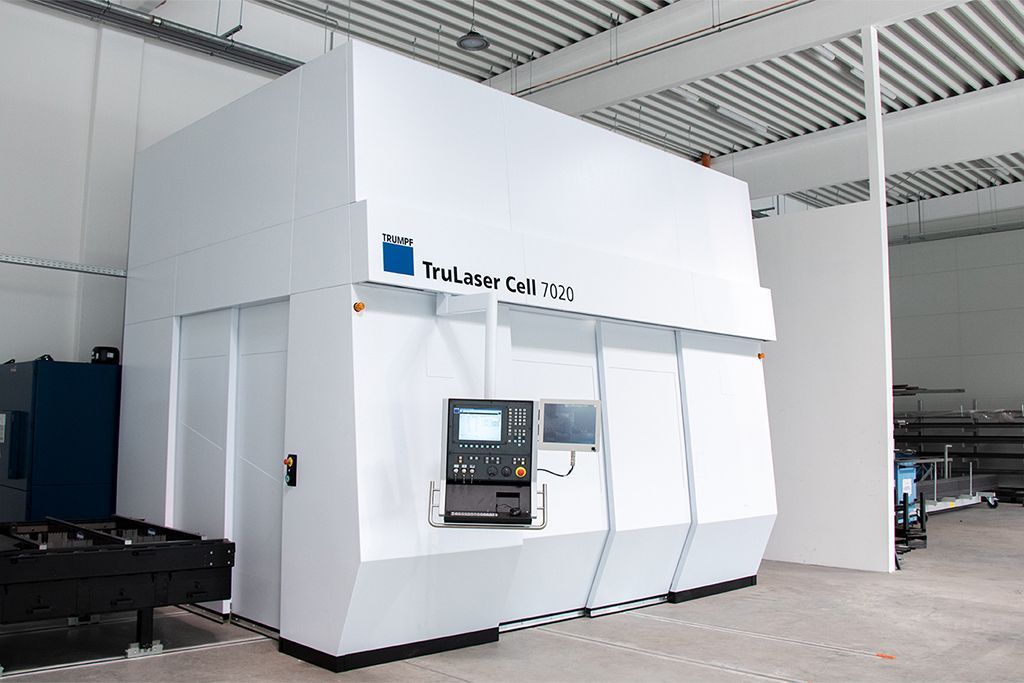
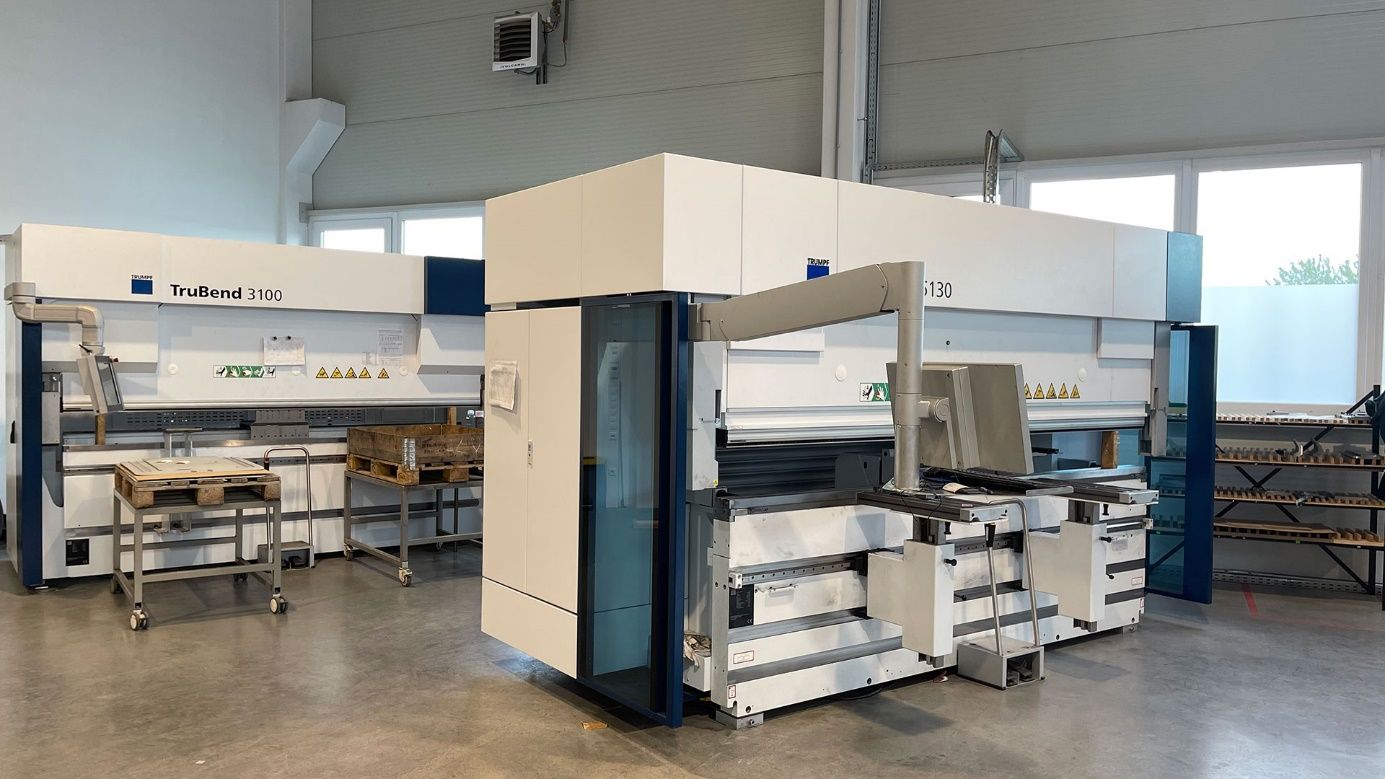
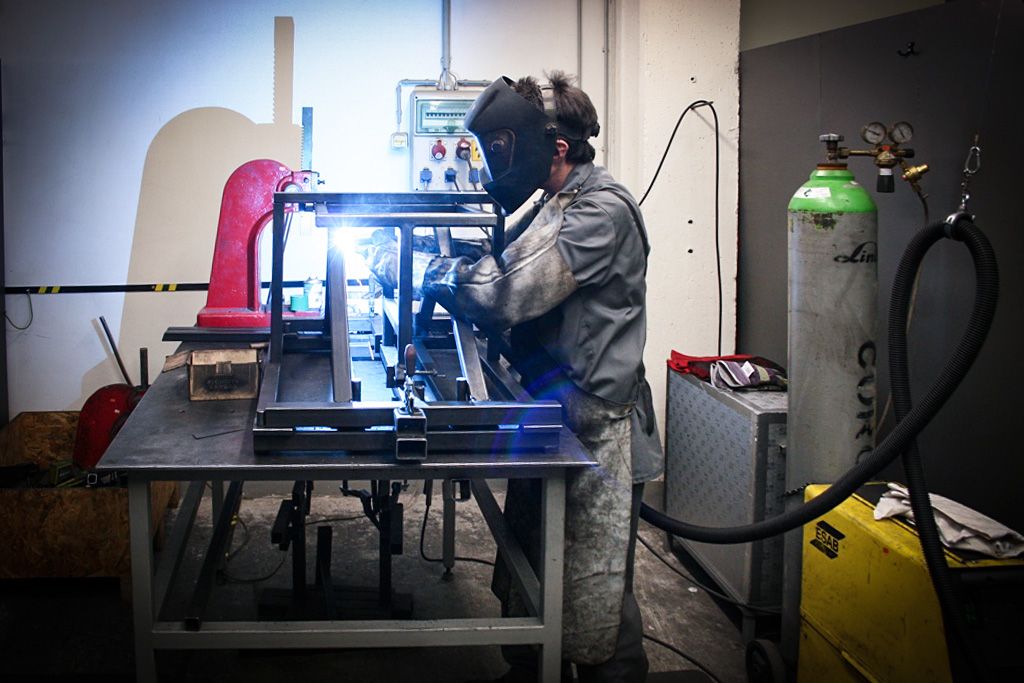
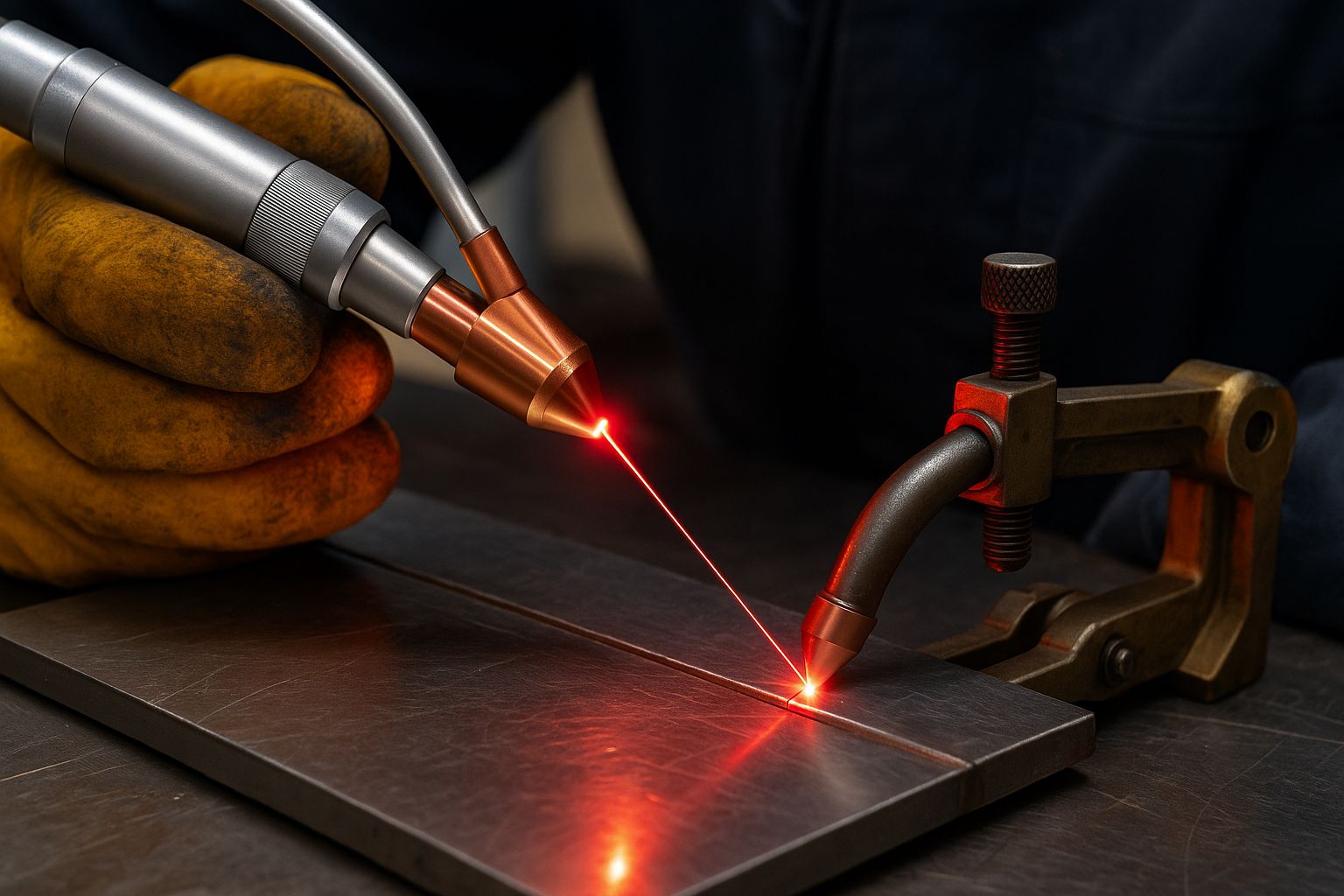
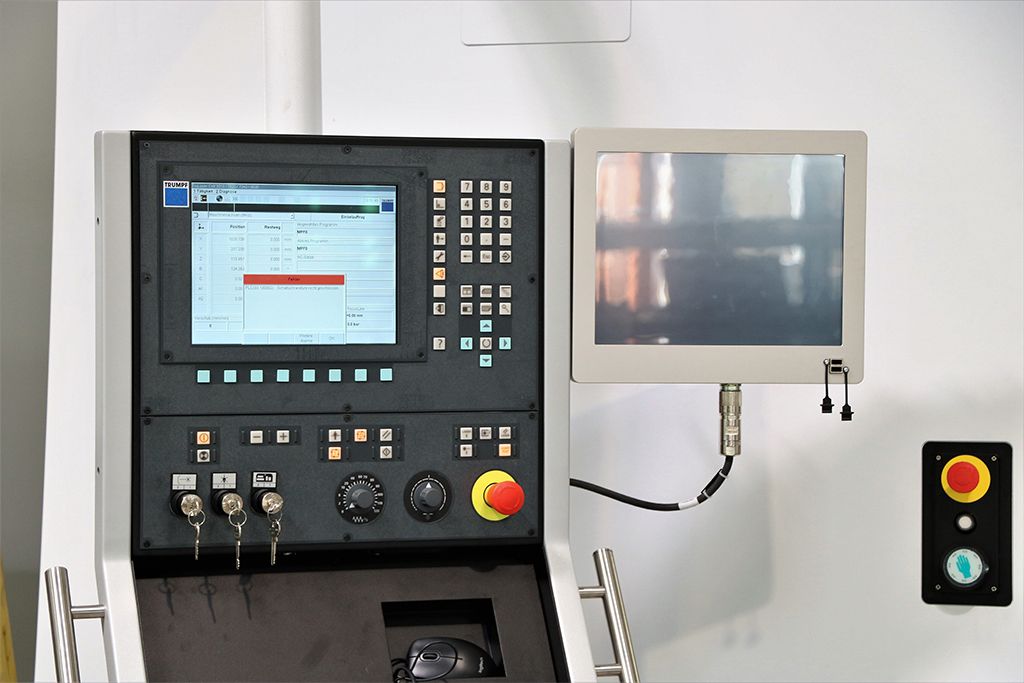
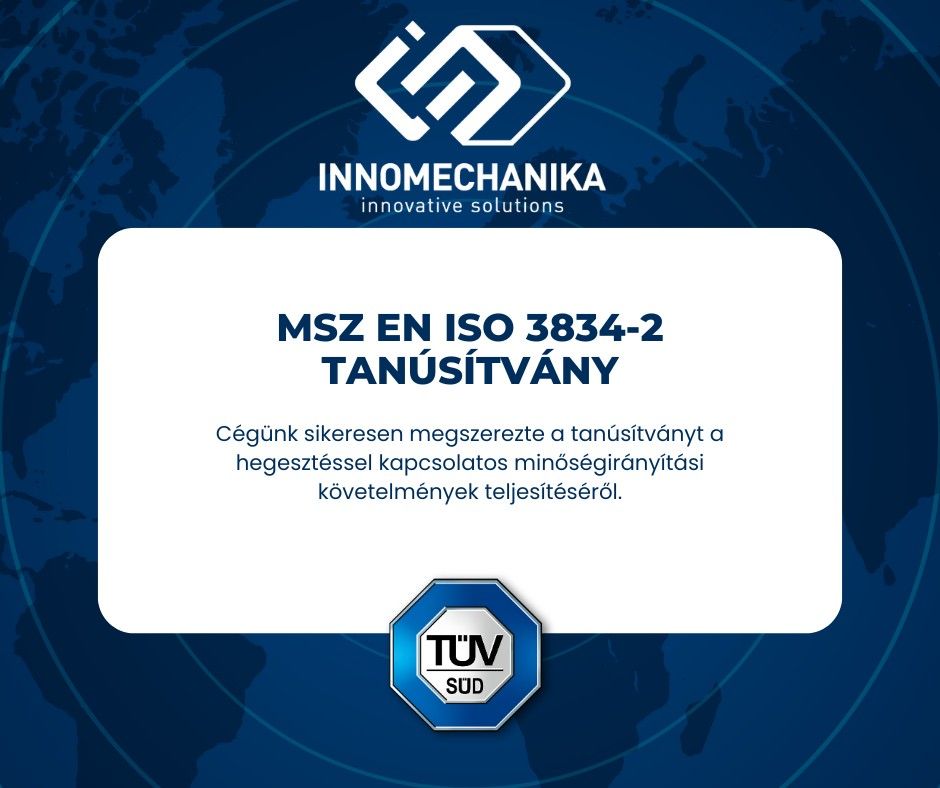 What is the MSZ EN ISO 3834-2 standard?
What is the MSZ EN ISO 3834-2 standard?